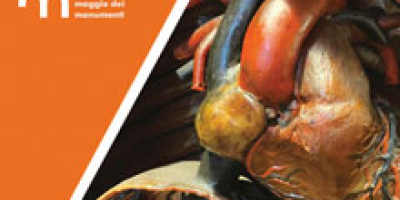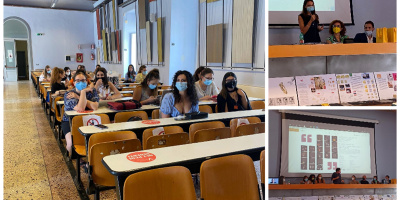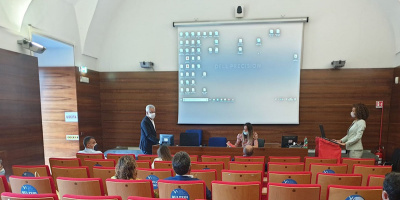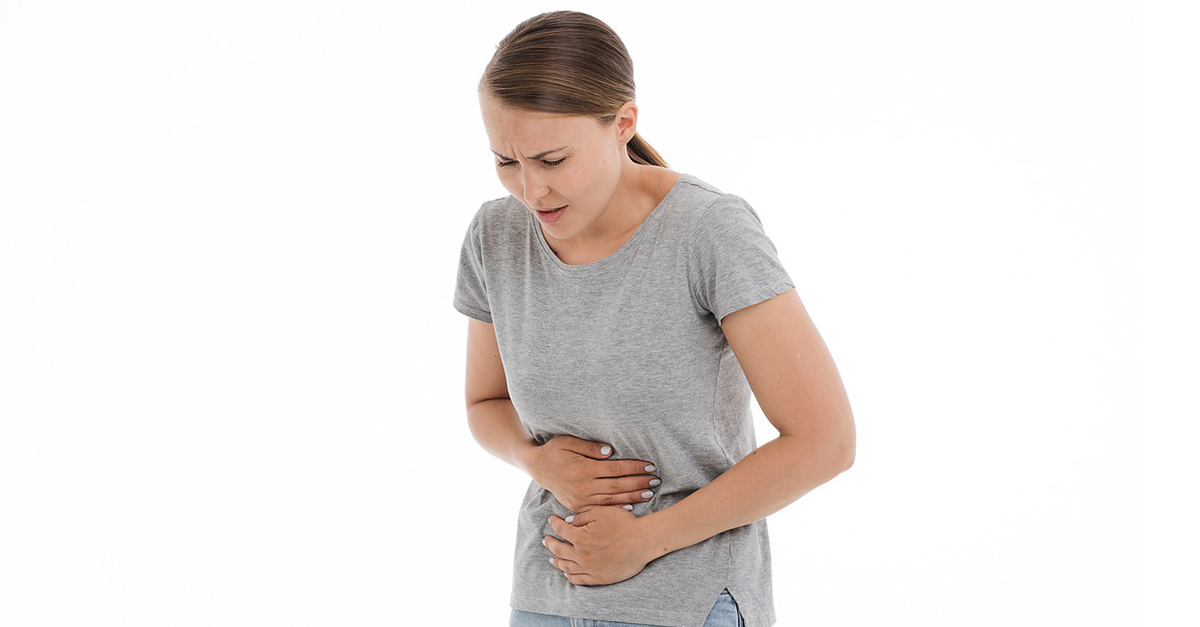IT | EN
interview with Nicola Coppola, full professor of Infectious Diseases of the Department of Mental, Physical Health and Preventive Medicine of the Vanvitelli University
During the summer holidays, whether in Italy or abroad, many people report unpleasant experiences with gastrointestinal symptoms of various kinds and intensities, dominated by diarrhea, and which can be caused by viral, bacterial or protozoal infectious agents.
Why during the summer?
During the summer the probability of coming into contact with substances contaminated by pathogens is greater, due to various reasons, for example for the hygienic conditions of the places visited, the greater difficulty of storing food properly and for the greater use of short-life foods, leading to the onset of this symptomatology. However, it must be clear that infectious diarrhea is not only associated with travel to tropical countries, but also with relatively nearby destinations.
In the summer, toxic infections and food poisoning also increase in frequency, caused by the ingestion of foods in which bacterial proliferation has allowed the accumulation of toxins in the food before ingestion. This condition is favoured by the increase in temperatures, by the frequency of consumption of badly-preserved or poorly-processed foods which are more susceptible to the proliferation of such pathogens (eg. Confectionery creams, milk, meat, fish, etc ...).
What are the foods most at risk?
Generally raw or undercooked foods (shellfish, fish and raw meat), short-term foods that are poorly stored or in any case beyond the expiration date (milk creams, sweets, cold pasta, eggs, and others), contaminated water (especially in tropical regions). Given the tendency to eat raw vegetables and fruit, it is also necessary to wash them thoroughly before consumption.
Which pathogens are affected?
Describing the prevalence of the various pathogens is difficult, as in most cases the pathogen is not identified, or the pathology limits itself, but compared to the available data about 2/3 are bacteria, and in this group more than 50% are caused by the various strains of Escherichia Coli; 1/3 are viruses, most frequently Rotavirus and Norovirus; in a small percentage of the cases protozoa such as Giardia, Criptosporidium, Entamoeba Histolytica are involved.
Given the moment we live in, it is important to remember that COVID-19 also has gastrointestinal involvement with diarrhea among its symptoms.
What are the symptoms?
Symptoms that are generally reported are non-bloody diarrhea, nausea, vomiting and gastrointestinal upset, but it is not uncommon to find only diarrhea or only vomiting. Symptoms generally appear a few hours after ingestion of the toxin, in the case of food toxin infections, but also one or more days later for infectious diarrhea. The duration of symptoms can vary from 24-48 hours for the first, to 3-7 or more days, depending on the pathogen, for the latter.
Generally the symptoms are self-limited after 2-5 days from onset, but sometimes medical intervention is necessary, depending on the type of pathogen and symptoms shown.
When to contact the doctor?
The emission of blood through faeces, fever, intense abdominal pain, diarrhea lasting for more than 5 days, as well as diarrhea in the elderly and children are signs for which it is necessary to contact a doctor. In mild cases, it is sufficient to reintroduce lost fluids by drinking at least 2 litres of water per day, avoiding the use of antidiarrheals which, by reducing intestinal peristalsis, prevent the elimination of harmful substances present in the gastrointestinal tract. Their prescription should be left to doctors.
How to prevent these infections?
Choosing well the foods that are introduced, especially creams, raw fish and shellfish. Wash fruit and vegetables well. Check the expiration date of fresh foods. In low-income geographic areas, avoid non-bottled water, including ice.
































